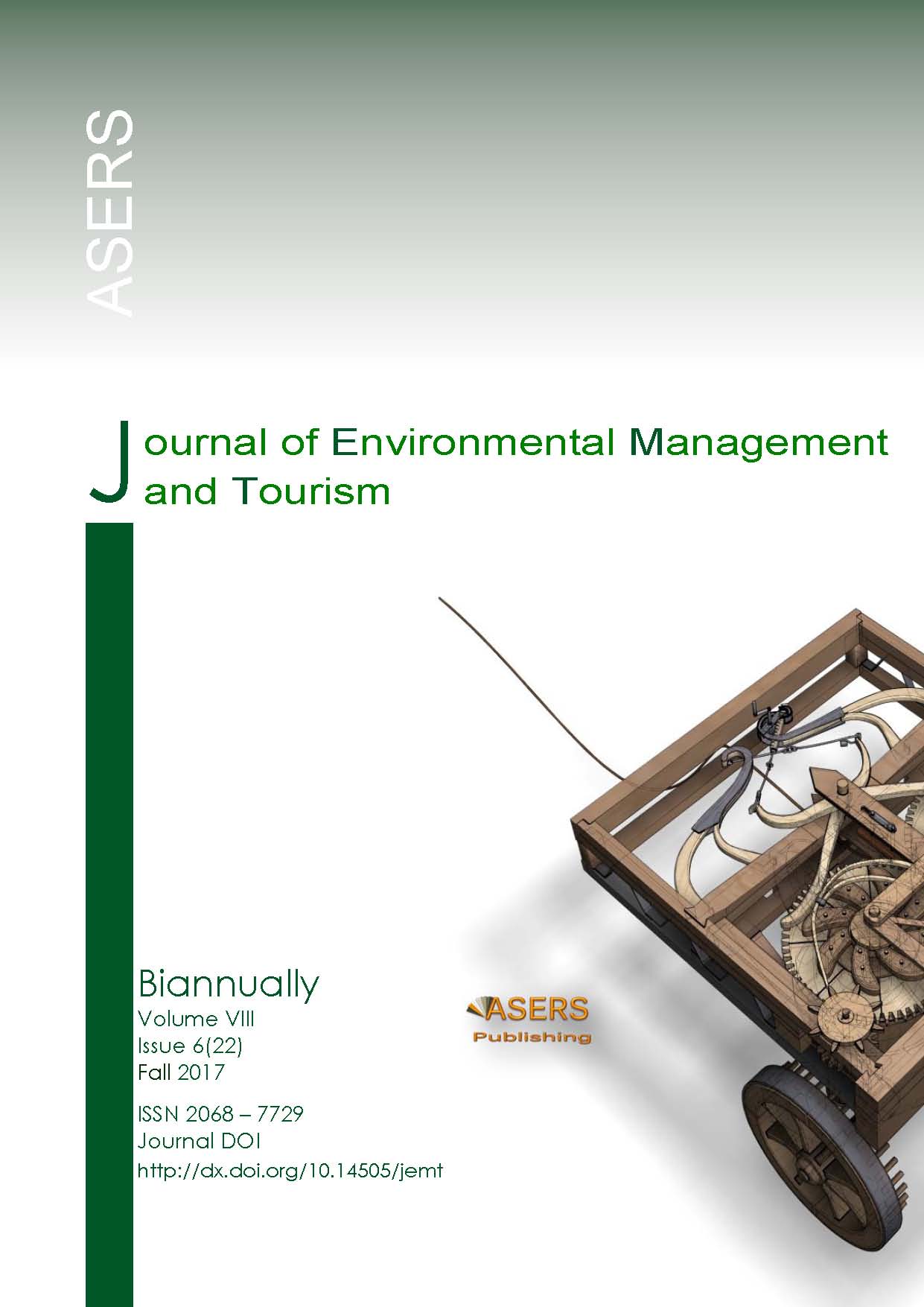The Role of Folk Culture in the Promoting Tourism. A Case of Folklore of Otanaha Fort in Gorontalo Province
The Role of Folk Culture in the Promoting Tourism. A Case of Folklore of Otanaha Fort in Gorontalo Province
Author(s): Moh. Karmin Baruadi, Sunarty ERAKU, Syahrizal KOEMSubject(s): Economy, Tourism
Published by: ASERS Publishing
Keywords: culture; folklore; Otanaha; tourism; promoting
Summary/Abstract: Gorontalo City embodies highly valuable tourism potentials to reveal. The city offers not only physical attractions for the tourists to please their eyes but also values of the objects that live along with the highlighted events within the historical timeline.Among the historical objects is Otanaha Fort, a tourist spot in Gorontalo, named after the place’s feature of historical legend. Many believe that stories and legends behind the naming of a place or an object are highly related to the socio-cultural life of the ancient society. With that in mind, a study is essential to carry out and to reveal the historical events that lie behind tourism objects with the aims of enriching insights of local people. Such an effort is undertaken as a support of local contents acquisition to be capable of extending the information of a tourism object for the locals. The study aims to carry out the historical overview of Otanaha Fort as a supporting element of cultural tourism in Gorontalo. The researchers employed field survey and interview to obtain the data and folklore analysis to approach the research object. The result shows that the folklore of Otanaha Fort isa manifestation of features of social events of Gorontalo in the ancient times that depict the record of past events. The historical facts are further packaged in the form of imaginative fable for people to enjoy as an act of historical preservation. The evidence of the historical facts is observable by data tracking within the naming process of the objects, site or tombstone of influential figures of the story, preservation of address of traditional titles related to the figures, and distinct building techniques observable in the fort’ architecture.
Journal: Journal of Environmental Management and Tourism (JEMT)
- Issue Year: VIII/2017
- Issue No: 06 (22)
- Page Range: 1279-1283
- Page Count: 5
- Language: English
- Content File-PDF

